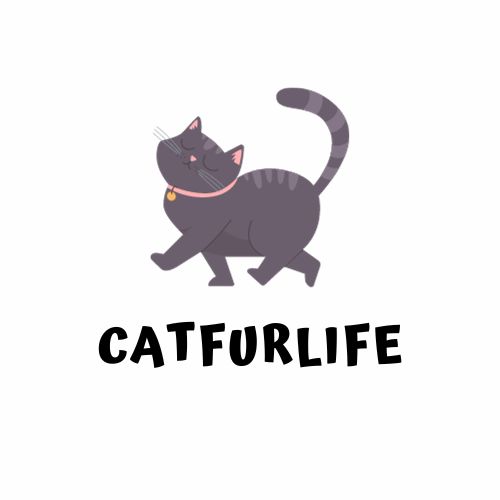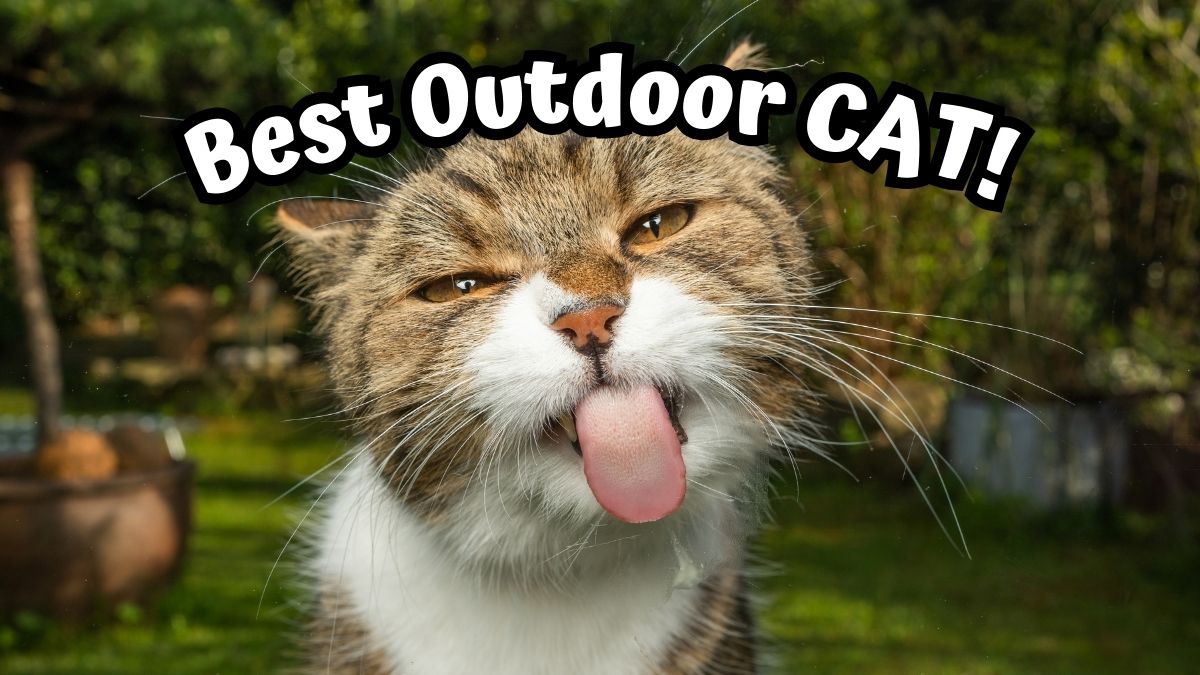In domestic cats, finding the best outdoor breeds for adventurous homes is as intriguing as vital.
For cat lovers, understanding the unique attributes of Manx cats, the resilience of the American Bobtail, and the majestic beauty of the Siberian cat—with their gentle giant demeanor and dense double coat—is more than a matter of preference.
It’s about discovering which furry companion will thrive in the vastness of rural areas and beyond.
This article delves into the world of active cat breeds equipped to explore the outdoors and suited to becoming integral members of your family.
From the sturdy stray cat adapting with ease to the specific needs of an active cat breed, we’ll explore how these animals enrich our lives.
Whether in the bustling city or the tranquil countryside, understanding the best cat breeds for outdoor living can transform your approach to pet care and deepen your bond with your adventurous feline friend.
Understanding Outdoor Cat Basics
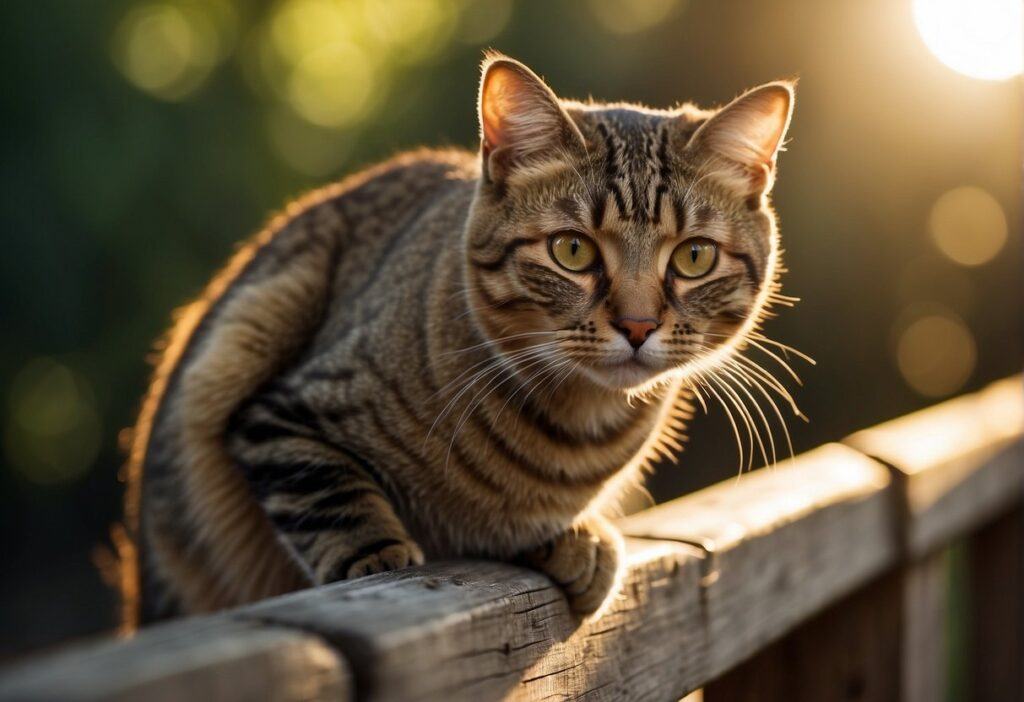
Outdoor cats experience a life enriched with fresh air and various stimulating activities. These felines often demonstrate high independence, engaging in outdoor adventures catering to their instincts.
Cat owners who support an outdoor life for their pets should adhere to best practices to ensure their safety and well-being.
Outdoor cats require:
- Proper identification (microchip, collar, tag)
- Routine vaccinations and health checks
- Parasite prevention (fleas, ticks, worms)
Safety Tips:
- Secure Environment: Consider a cat-proof fencing system or a dedicated outdoor enclosure to protect your cat from predators, traffic, and getting lost.
- Weather Protection: Provide shelter for cats to escape harsh weather conditions, such as the scorching sun or frigid temperatures.
Advantages for Cats:
- Stimulates mental health
- Encourages physical exercise
- Satisfies their hunting instincts
Obligations for Owners:
- Ensure a safe outdoor space
- Monitor for any health issues
- Provide consistent access to food and water
Selecting the Best Outdoor Cat Breeds
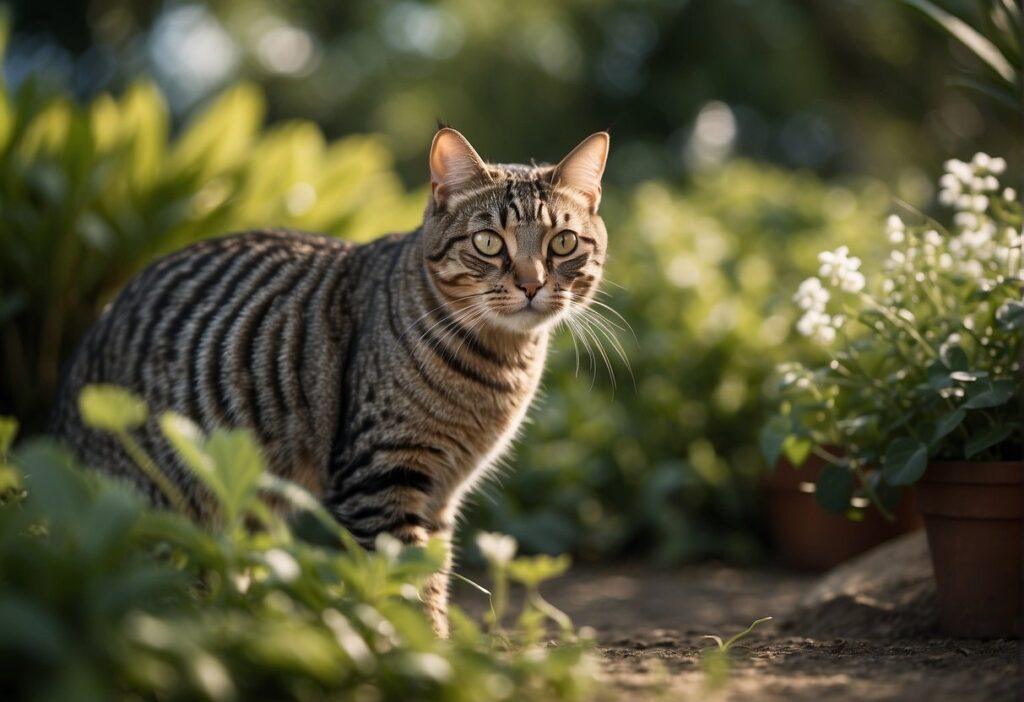
Choosing the best outdoor cat breeds involves considering their traits, specific breed highlights, and coat types suitable for different climates.
Traits of Best Outdoor Cat Breeds
Outdoor cats must exhibit specific characteristics to thrive in an exterior environment. Physical agility and sharp hunting instincts are crucial for exploration and self-preservation.
They should also display high energy levels and resilience to cope with varying conditions.
Outdoor felines also benefit from being socially adaptable, which helps them interact with other animals and humans.
Specific Breed Highlights
- Bengal Cats: Known for their stunning, wild-like appearance, Bengals possess a high degree of intelligence and athleticism, making them suitable for outdoor environments.
- Maine Coon Cats: As one of the largest domesticated breeds, Maine Coons have a friendly disposition and rugged build apt for outdoor living.
- Norwegian Forest Cats: These cats are designed for a life outside, with a thick coat and a robust body that can withstand colder climates.
- Turkish Van Cats: Renowned for their love of swimming, Turkish Vans have a water-resistant coat and an energetic personality suited for the outdoors.
- American Bobtails: This breed is noted for its resilient nature and adaptability, ideal traits for an outdoor companion.
- Savannah Cats: With their tall and lean bodies, they exhibit the wild look of their serval ancestors and are agile and strong, suitable for outdoor exploration.
- Russian Blue: Though often seen as reserved, Russian Blue cats are hardy and possess a dense coat that provides some resistance to various elements.
Coat Types and Climate Adaptations
Outer coat characteristics are pivotal for outdoor cats as they navigate different weather patterns:
| Coat Type | Description | Breed Examples |
|---|---|---|
| Water-resistant | Allows cats to remain dry and comfortable in wet environments. | Turkish Van, Maine Coon |
| Dense and Long-haired | Offers insulation during colder weather. | Norwegian Forest Cat |
| Short-haired and Sleek | Aids in staying cool and is easier to groom. | Bengal, Russian Blue |
Breeds with thick undercoats can typically handle cooler climates better, while those with short, sleek coats are better suited for warmer conditions.
Owners need to understand the climate adaptability of their outdoor cats to ensure their well-being.
Caring for Outdoor Cats in Different Environments
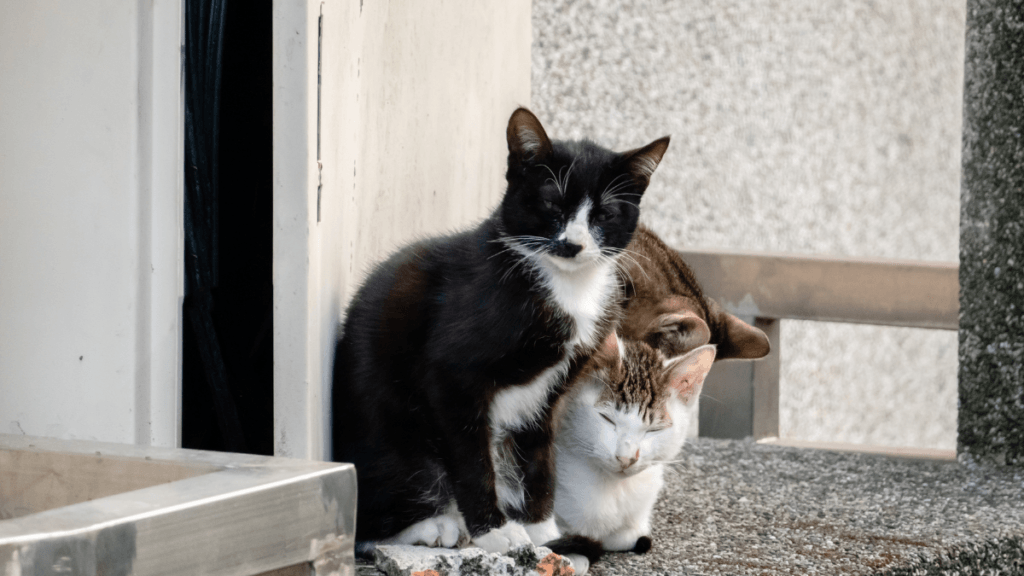
Caring for outdoor cats requires understanding the specific challenges and resources in different locales and a commitment to the well-being of both the cats and the community.
Urban and Suburban Settings
Urban and suburban areas present unique challenges for outdoor cats, including traffic, potential for human conflict, and exposure to toxins.
In these settings, community cats, which may include feral and stray cats, often rely on the support of local animal shelters and residents.
Strategies for Care:
- Shelter: Provide insulated shelters to protect cats from weather extremes.
- Feeding: Establish regular feeding routines while avoiding attracting rodents.
- Health: Vaccinate and spay/neuter to prevent disease and overpopulation.
- Safety: Educate local communities on coexisting peacefully with cats.
Rural and Farm Areas
Cats often have more space and exposure to natural elements in rural and farm areas. Aside from green grass and hunting, they face threats such as predators and the use of farm equipment.
Strategies for Care:
- Shelter: Construct sturdy shelters in safe, elevated areas.
- Collaboration: Work with farmers to manage rodent populations naturally.
- Health: Regular vet check-ups and preventive care remain vital.
- Community: Implement TNR (trap-neuter-return) programs to maintain a stable cat population.
Safety Measures for Outdoor Cats
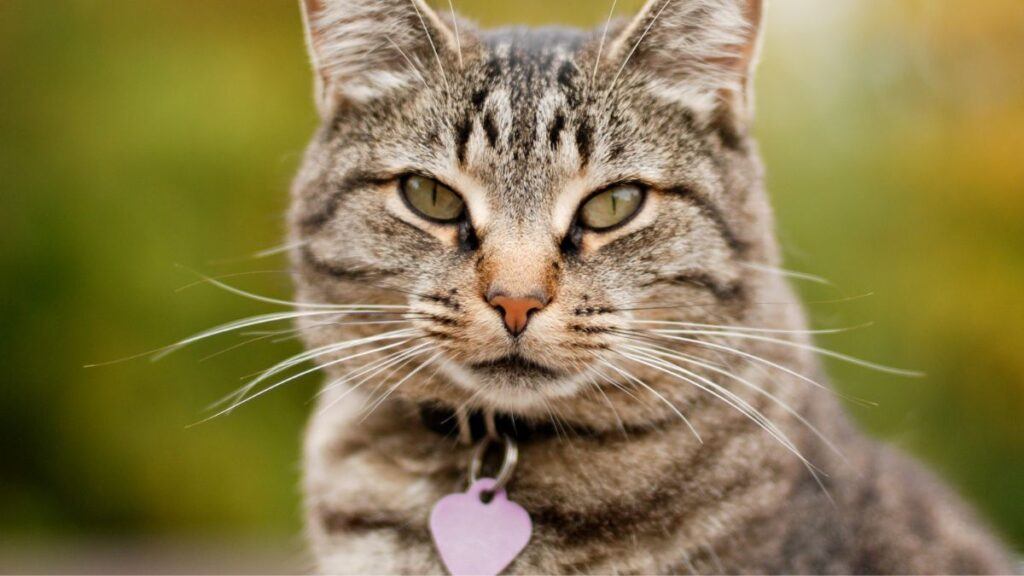
Ensuring the well-being of outdoor cats involves vigilance in several domains, including health, protection from predators, and secure identification.
Feline Health Concerns
Vaccinations: Essential for outdoor cats to prevent diseases that can be contracted from wild animals or feral cats.
Parasite Control: Regular treatments for fleas, ticks, and worms are crucial to keep the cat healthy and prevent the spread of parasites to other animals or even humans.
Protecting Cats from Predators
Animal Presence: Always be aware of the potential for wild animals in the area; consider the cat’s safety before letting them roam outside.
Fencing Solution: A secure fence can provide a safe place for cats to enjoy the outdoors while minimizing the risk of predator encounters.
Microchipping and Identification
- Microchipping: Implanting a cat’s microchip ensures it can be identified and returned to its owner if lost.
- Collars and Tags: Secure, readable tags complement microchips and provide immediate contact information when necessary.
Outdoor Cat Housing and Comfort
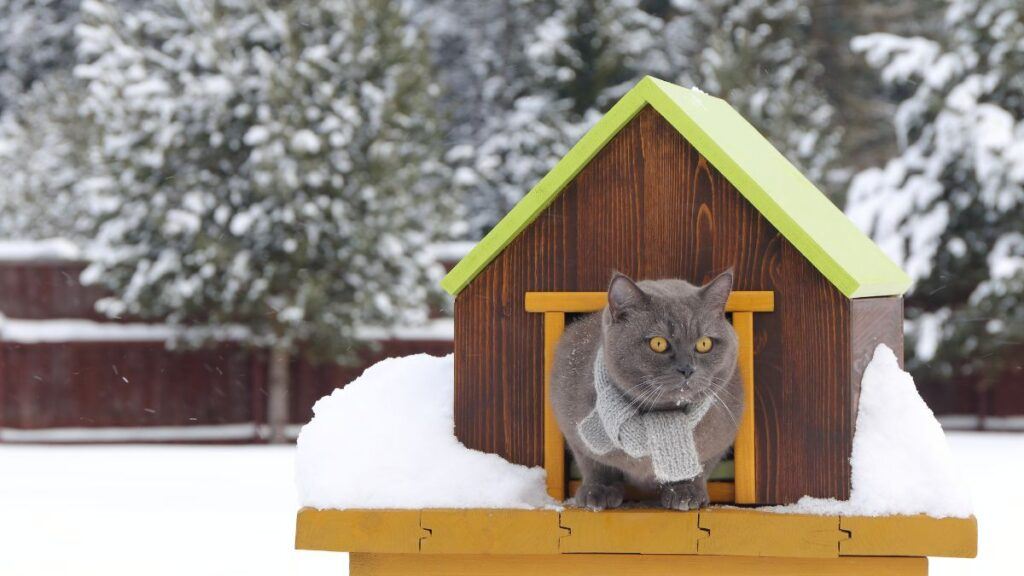
Outdoor cats require proper shelter for safety and comfort. Functional housing can protect these animals from inclement weather while respecting their territorial nature.
Shelter Options for Outdoor Cats
The best outdoor cat houses are sturdy, spacious, and designed to integrate seamlessly with a cat’s territory. Examples include:
- Pre-fabricated Cat Shelters: These are readily available and easily set up in a garden or yard.
- Custom-Built Structures: Tailored to specific needs and can be constructed to match the outdoor environment.
- Feral Cat Houses: Typically made of durable materials and designed for the well-being of unsocialized outdoor cats.
Key Features:
- Waterproof: To keep cats dry during rain.
- Elevated: To prevent moisture and cold from seeping in from the ground.
- Escape Entrances: Allows cats to flee from predators.
Weatherproofing and Insulation
Protection Against Bad Weather:
- Water-resistant materials and sealed seams are critical for keeping shelters dry inside.
- Proper ventilation: Prevents condensation while retaining warmth.
Insulation Strategies:
- Straw: Natural insulation that stays dry and provides warmth.
- Myriad Foam Insulation: Synthetic options that offer thermal protection in cold weather.
Behavior and Training for the Outdoors
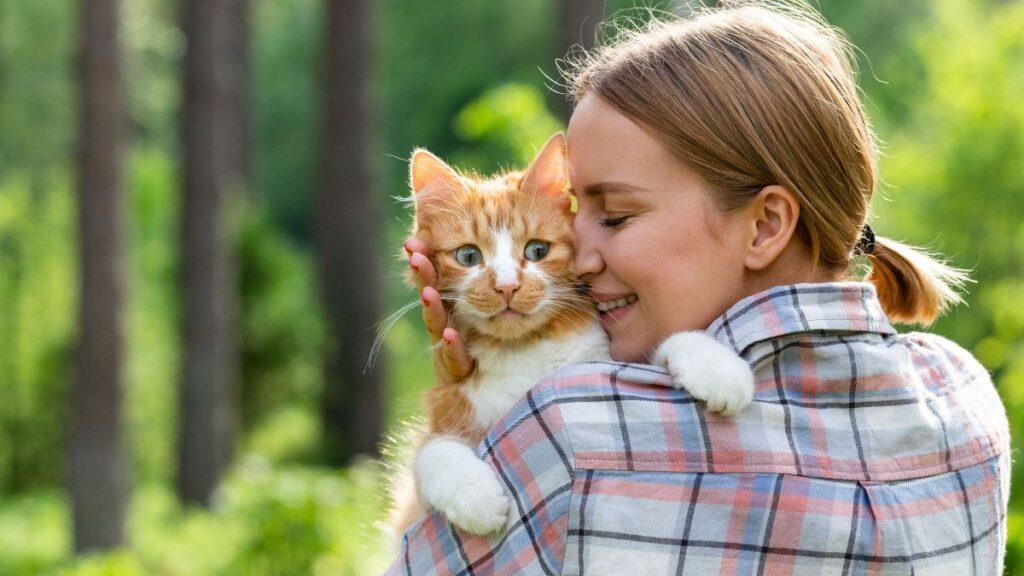
Training indoor cats for outdoor exploration requires careful consideration to ensure their safety and adapt their instincts to a new environment.
Introducing a feline friend to the great outdoors involves encouraging beneficial behaviors while discouraging potentially harmful ones.
Encouraging Safe Outdoor Exploration
Safety First: Before allowing your cat outdoor access, ensure it is vaccinated and microchipped. To supervise its first ventures outside, start with a secure environment, like an enclosed patio or a leash.
- Familiarization: Gradually increase your cat’s outdoor exposure over time to acclimate them to their surroundings.
- Enrichment: Provide cat trees and interactive toys to mimic natural behaviors and keep them engaged.
- Companion Training: Train your cat to respond to their name and come when called, much like dog-like behavior, to enhance their safety outdoors.
Discouraging Negative Behaviors
Boundaries: Establishing limits for your kitty’s roaming is crucial to avoid unsafe areas or behaviors.
- Noise Deterrents: Use a firm “no” or clapping hands to deter them from unwanted areas.
- Positive Reinforcement: Reward your cat with treats and praise for obeying commands or staying within safe zones.
Prevention: Understand the risks of allowing your feline to roam freely and take proactive measures to mitigate them. This can include regular check-ups for outdoor-associated health issues.
Nutrition and Wellbeing of Outdoor Cats
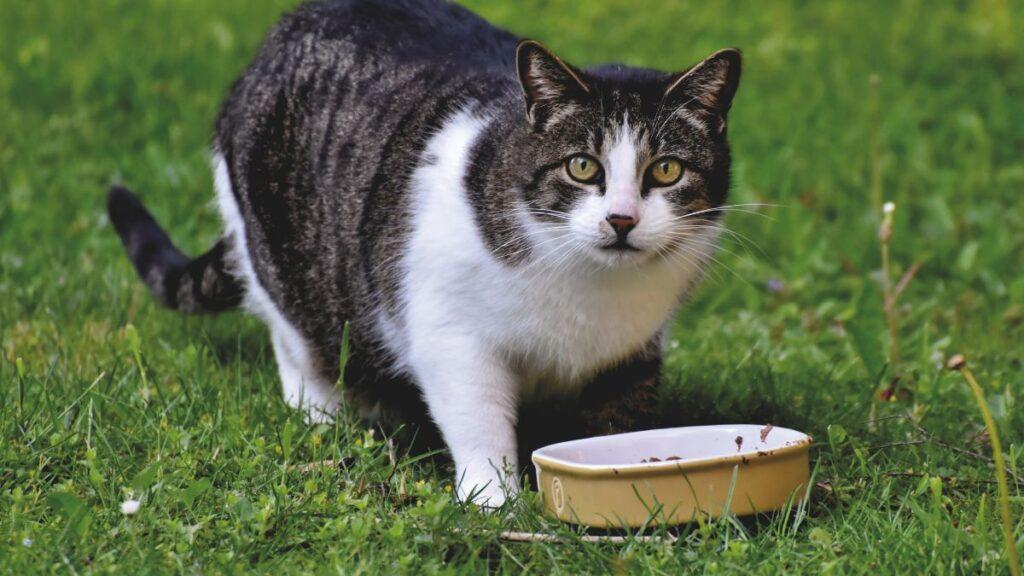
Ensuring the proper nutrition for outdoor cats is vital for their growth and maintenance of a healthy life.
Diet Requirements:
- Protein: Vital for muscle maintenance
- Fats: Essential for energy
- Carbohydrates: Less critical but needed for additional energy
- Water: Crucial for hydration, more so if dry food is the primary diet
Outdoor cats typically have greater caloric requirements than their indoor counterparts. They need a high-protein diet that supports their active lifestyle.
Cats often supplement their diet with prey such as rodents and birds, fulfilling their instinctual hunting behavior. However, reliance on hunting can expose them to parasites and diseases.
Regular Feeding Schedule:
| Mealtime | Type of Food | Quantity |
|---|---|---|
| Morning | Wet Food | 1 Can |
| Evening | Dry Food | 1 Cup |
Health Monitoring:
Outdoor cats should be regularly monitored for changes in body condition and behavior, which could indicate nutritional deficiencies or other health concerns.
Regular veterinary check-ups are recommended to keep vaccinations current and manage health issues promptly.
Integrating Indoor and Outdoor Lifestyles
Creating a balanced lifestyle for cats, including indoor comfort and outdoor stimulation, can contribute to their overall health and happiness.
Transitioning Between Indoor and Outdoor
When pet owners introduce indoor cats to the outdoors, they should start with short, supervised outings to ensure safety.
- Key considerations include:
- Identification: Ensure the cat has a collar with an ID tag and is microchipped.
- Vaccinations: Up-to-date vaccines are crucial before venturing outside.
- Flea and parasite control: Consistent treatments prevent common outdoor pests.
Benefits of Dual Environments
Allowing companion cats to experience both indoor and outdoor spaces can provide:
- Stimulation: Outdoors offers varied sensory experiences that can prevent behavioral issues.
- Exercise: Free-roaming outside encourages physical activity, crucial to maintaining a healthy weight.
Community and Legal Considerations for Outdoor Cats
When considering allowing your cat to explore outdoors, it’s essential to understand the specific regulations and expectations within your community and prioritize responsible ownership that aligns with the well-being of both the cats and the community.
Neighborhood and Local Regulations
Local laws may restrict or permit the presence of community and free-roaming cats. For instance:
- Leash laws: Some areas have ordinances that require cats to be on a leash when outside.
- Licensing and identification: Certain jurisdictions mandate that cats be licensed and wear identification.
- Limitations on numbers: One household’s number of cats might be limited.
Responsible Outdoor Cat Ownership
Owners who allow their cats outdoor access should:
- Prevent cats from entering private properties where they may not be welcome.
- Spay/neuter: To prevent overpopulation, promote the cat’s health, and reduce problematic behaviors.
- Health care: Regular vaccinations and health checks help control diseases spreadable to both humans and wildlife.
- Shelter: Provide proper shelter from inclement weather.
- Education: As recommended by animal humane societies, owners should educate themselves on safe outdoor practices and the impact of free-roaming cats on wildlife and the ecosystem.
Consideration for community preferences and legal stipulations form the foundation of responsible outdoor cat stewardship.

Meet Ann Haasnoot, the passionate founder of CatFurLife.com. A lifelong cat lover from Wisconsin, Ann combines her extensive feline behavior and care knowledge with her love for writing. On her website, she shares invaluable insights about cat breeds, care tips, and her experiences with her beloved furbaby, aiming to deepen the bond between cats and their human companions.
